Table of content
Ginkgo nuts, also known as gingko or maidenhair nuts, have been a culinary and medicinal delight for centuries. Revered for their unique flavor and potential health benefits, these small, ivory-colored seeds are a staple in Asian cuisine and are gaining popularity worldwide. While traditional cooking methods often involve boiling or roasting, modern kitchen appliances like air fryers offer a convenient, efficient, and healthier alternative. This article delves into the optimal time required to cook ginkgo nuts directly in an air fryer, exploring variables that affect cooking duration, safety tips, and creative ways to enjoy this delicate ingredient.
Understanding Ginkgo Nuts: A Brief Overview
Before diving into cooking techniques, it’s essential to appreciate what makes ginkgo nuts special. Derived from the ginkgo biloba tree—one of the oldest living tree species on Earth—these nuts are enclosed in a tough, fleshy outer layer that emits a foul odor when ripe. Inside lies the edible seed, prized for its slightly sweet, earthy taste and chewy texture. However, raw ginkgo nuts contain a compound called ginkgotoxin, which can be toxic if consumed in large quantities. Cooking neutralizes this toxin, making safe consumption possible.
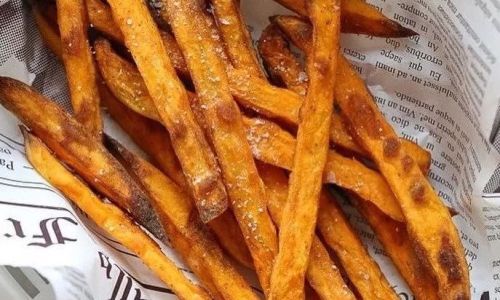
Why Use an Air Fryer for Ginkgo Nuts?
Air fryers have revolutionized home cooking by circulating hot air to mimic deep-frying results with minimal oil. For ginkgo nuts, this method offers several advantages:
- Speed: Cooking times are shorter compared to stovetop methods.
- Even Cooking: The air fryer’s convection system ensures uniform heat distribution.
- Healthier Option: Reduces the need for excess oil, preserving the nut’s natural flavor.
- Convenience: Minimal monitoring is required once settings are adjusted.
Preparing Ginkgo Nuts for Air Frying
Proper preparation is critical to achieving perfectly cooked ginkgo nuts. Follow these steps:
- Cleaning: Rinse the nuts under cold water to remove any debris.
- Cracking the Shell: Ginkgo nuts have a hard, woody shell. Use a nutcracker or the flat edge of a knife to crack it open gently. Avoid crushing the seed inside.
- Removing the Peel: After shelling, you’ll notice a thin, papery membrane covering the nut. Peel this off carefully—it can impart bitterness if left on.
- Optional: Soaking: Some chefs soak shelled nuts in water for 30 minutes to reduce astringency, though this step is optional.
Air Fryer Settings: Temperature and Time
The million-dollar question: How long should you air-fry ginkgo nuts? The answer depends on several factors, including the nuts’ size, freshness, and your desired texture. Here’s a breakdown:
Fresh vs. Frozen Nuts
- Fresh Nuts: Typically require 10–15 minutes at 350°F (175°C).
- Frozen Nuts: Add 2–3 minutes to the cooking time (12–18 minutes total).
Desired Crispness
- Soft and Chewy: 10–12 minutes.
- Crispy Exterior: 14–16 minutes.
Batch Size
- Overcrowding the air fryer basket reduces airflow, leading to uneven cooking. Cook in a single layer, leaving space between nuts. For large batches, air-fry in multiple rounds.
Step-by-Step Cooking Guide
- Preheat the Air Fryer: Set to 350°F (175°C) and preheat for 3–5 minutes. Preheating ensures consistent cooking.
- Arrange the Nuts: Place shelled ginkgo nuts in a single layer in the basket. Lightly coat with cooking spray or a drizzle of oil for extra crispiness (optional).
- Cook: Air-fry for 10 minutes. Check for doneness by piercing a nut with a fork—it should be tender but not mushy.
- Adjust Time: If needed, add 2–3 minutes increments until the desired texture is achieved.
- Cool and Serve: Transfer cooked nuts to a plate to cool. They will crisp further as they rest.
Signs of Doneness
- Color: The nuts will turn slightly golden brown.
- Texture: Soft inside with a mild crunch if cooked to crispiness.
- Aroma: A nutty, toasted scent will fill your kitchen.
Troubleshooting Common Issues
Uneven Cooking
- Cause: Overcrowding the basket or inconsistent nut sizes.
- Solution: Shake the basket halfway through cooking or use smaller batches.
Burnt Nuts
- Cause: Too high a temperature or prolonged cooking.
- Solution: Reduce heat to 325°F (160°C) and monitor closely.
Undercooked Nuts
- Cause: Insufficient time or low temperature.
- Solution: Increase cooking time by 2–3 minutes.
Creative Ways to Enjoy Air-Fried Ginkgo Nuts
- As a Snack: Toss with salt, pepper, or a pinch of smoked paprika for a savory treat.
- In Salads: Add to green salads or grain bowls for texture.
- In Soups: Crush and sprinkle over miso soup or congee.
- In Desserts: Incorporate into mochi or rice cakes for a nutty twist.
- As a Garnish: Use to top risottos, pastas, or roasted vegetables.
Safety Precautions
While air-frying ginkgo nuts is safe, keep these tips in mind:

- Avoid Raw Consumption: Never eat raw ginkgo nuts—cooking destroys harmful toxins.
- Moderation: Limit intake to 8–10 nuts per serving to prevent digestive discomfort.
- Storage: Store cooked nuts in an airtight container in the refrigerator for up to 5 days.
The Science Behind Air Fryer Cooking
Air fryers work by rapidly circulating hot air around food, creating a Maillard reaction—a chemical process that browns food and develops complex flavors. For ginkgo nuts, this means:
- Enhanced Flavor: The nuts’ natural sugars caramelize, intensifying their sweetness.
- Reduced Oil Absorption: Unlike deep-frying, air-frying requires little to no oil.
- Retention of Nutrients: Shorter cooking times preserve vitamins and minerals.
Comparing Air Frying to Traditional Methods
| Method | Time | Oil Used | Texture | Flavor Profile |
|---|---|---|---|---|
| Air Frying | 10–15 mins | Minimal | Crispy/Chewy | Nutty, Toasted |
| Boiling | 20–30 mins | None | Soft | Mild, Earthy |
| Roasting | 25–35 mins | Moderate | Crispy | Rich, Caramelized |
Expert Tips for Perfect Results
- Use Fresh Nuts: Older nuts may take longer to cook and lack flavor.
- Experiment with Seasonings: Try garlic powder, chili flakes, or honey for variety.
- Pair with Complementary Flavors: Ginkgo nuts pair well with mushrooms, soy sauce, and citrus.
- Monitor Closely: Air fryers vary in wattage; check nuts 2 minutes before the estimated time.
Frequently Asked Questions
Q: Can I air-fry ginkgo nuts without shelling them first?
A: No. The shell is inedible and must be removed before cooking.
Q: Why are my air-fried ginkgo nuts bitter?
A: Overcooking or leaving the papery membrane intact can cause bitterness. Ensure the membrane is fully removed.
Q: Can I reheat leftovers in the air fryer?
A: Yes. Reheat at 300°F (150°C) for 3–5 minutes to restore crispness.
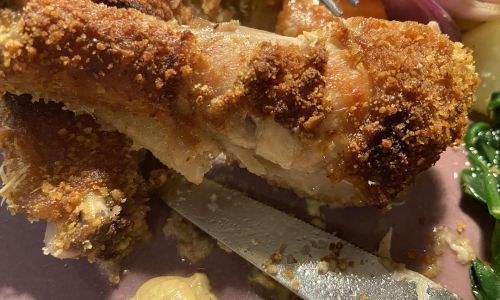
Q: Are ginkgo nuts gluten-free?
A: Yes, they are naturally gluten-free and suitable for vegan diets.
Cultural Significance of Ginkgo Nuts
In East Asian cultures, ginkgo nuts symbolize resilience and longevity, reflecting the tree’s ability to thrive for millennia. During autumn, streets in countries like Japan and South Korea are lined with ginkgo trees shedding their nuts, which are promptly gathered for culinary use. From traditional wedding banquets to Buddhist temple offerings, ginkgo nuts hold a cherished place in cultural rituals.
Conclusion
Air-frying ginkgo nuts is a game-changer for home cooks seeking efficiency and flavor. By mastering the ideal cooking time—typically 10–15 minutes at 350°F (175°C)—you can unlock the nuts’ full potential, transforming a simple ingredient into a versatile culinary asset. Whether enjoyed as a snack, garnish, or component of a larger dish, air-fried ginkgo nuts offer a taste of history and innovation in every bite. Experiment with seasonings, embrace the nuances of texture, and savor the delicate balance of earthy sweetness that makes this ancient ingredient timeless.
Final Tip: Keep a close eye on your nuts during the first few attempts. Cooking times may vary based on your air fryer’s model and the nuts’ specific characteristics. With practice, you’ll develop an intuition for achieving perfection every time. Happy cooking!
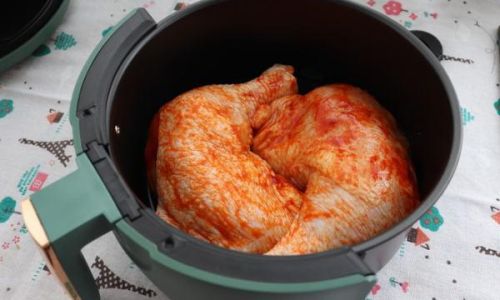
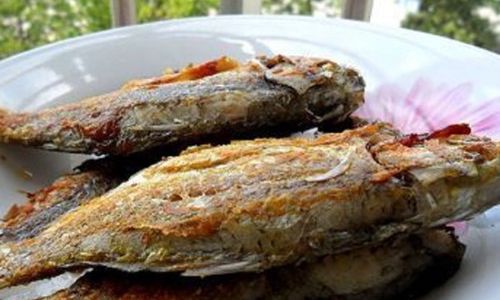
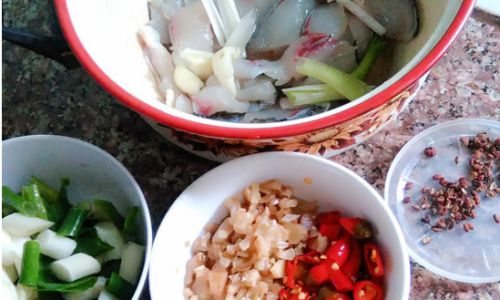
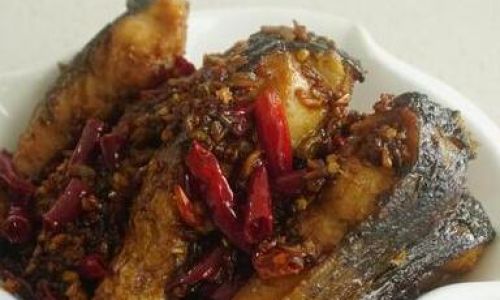
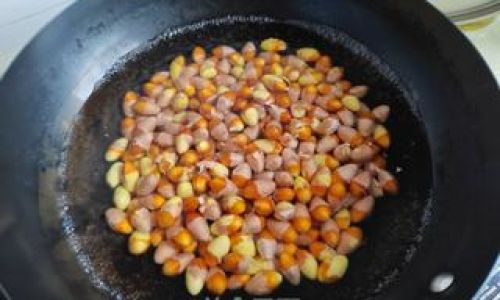
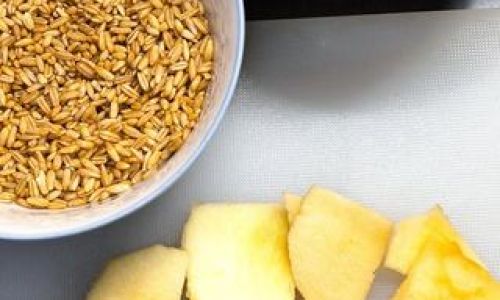
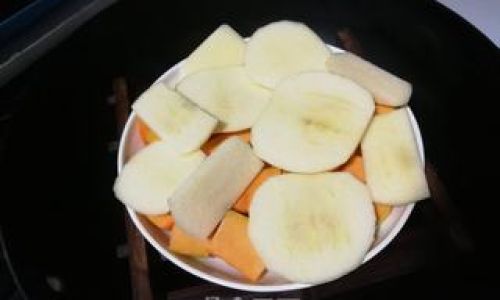
0 comments